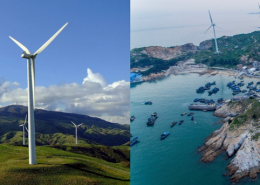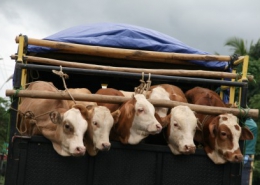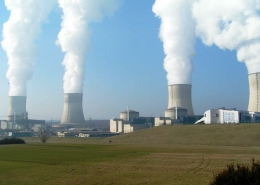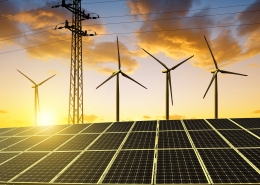Water Security in Vietnam
Place: Vietnam– Dates: 2012-13 – Partner: ADB
Project Summary
As a dynamic Asian exporter, Viet Nam is undergoing continued agrifood expansion combined with a reform and modernization transition, intensifying of industrial activity, and expanding service sector growth and urbanization. All this has been accompanied by sustained income growth and demographic transition from rural to urban majority populations. Such dynamics portend significant increases in water demand and changing patterns of primary and conjunctive use across a complex, rapidly changing economy.
Our forecasts for growth over the next two decades indicate that aggregate water demand will grow more slowly than real output, primarily because agriculture, the dominant user of water, will grow more slowly than manufacturing or services. Despite this fact, total water use is estimated to nearly double by 2030. As indicated in the Baseline scenario of Figure ES1 below, this demand growth will present water capacity challenges, especially at certain times of year, for some important river basins in the country, making essential more determined policies to promote water use efficiency, in addition to storage and conveyance investments. Moreover, policies that promote more extensive conjunctive water use, water recycling, and market-oriented approaches to spatial and seasonal water scarcity probably need more emphasis.
The good news is that, because of its prominence in national water use, efficiency measures in one sector alone, agriculture; hold the potential for more sustainable water policy. Vietnam’s modernization process will continue to shift human, land, and other resources toward non-agricultural activities, value added, and employment creation. If agricultural policy can support this with more active intervention to improve farm-level water use efficiency, Vietnam could complete this transition without severe water bottlenecks and the disruptions they cause Figures ES1 and ES2 illustrate the challenges of spatial and temporal heterogeneity in water supply and demand. Vietnam has a relatively ample nationwide and annual envelope of water resources, but these are unequally allocated over the country and annual seasons. For this reason, serious water constraints appear in the dry season (ES2) that would not be apparent from examining annual data (ES1). The good news is that promoting water use efficiency can mitigate these problems. In many cases, however, significant commitments to storage and conveyance may be needed to overcome local and seasonal water scarcity.
Indeed, the results of our scenario analysis suggest that agricultural water use efficiency could accommodate even higher economywide growth rates, particularly if these are part of an integrated approach to agrifood modernization and productivity growth. Thus we see that the growth potential of Vietnam’s economy may be led by industrialization, but its sustainability can be secured by improved practices in the rural sector.
Viet Nam households will achieve substantially higher real incomes if expected growth rates can be sustained, but this prosperity could be accompanied by rapidly accelerating per capita water use. While this is a common feature of so-called middle class emergence, it also suggests that residential water use efficiency should be a high priority for policy attention. Of particular concern in this context, although it is not directly addressed in this study, will be water quality considerations. The scope of water treatment investment requires continued expansion in the coming years, and expanded conjunctive use will also necessitate this.
In summary, Viet Nam’s expectations for economic growth are ambitious, and their resource management policies should be correspondingly so, particularly in the context of sustainability. This economy can continue to confer significant livelihood improvements on its population, but to do so it must avert scarcity in a resource critical to every economic activity, indeed to life itself.
Most Recent Entries

California and China: Leadership for a Low Carbon Future

Roadmap on the Prospects for GMS National Scaling and GMS Regional Coordination of Agrifood Traceability Schemes









